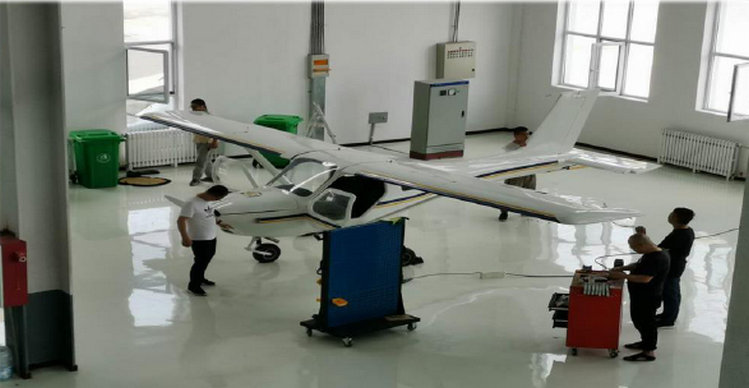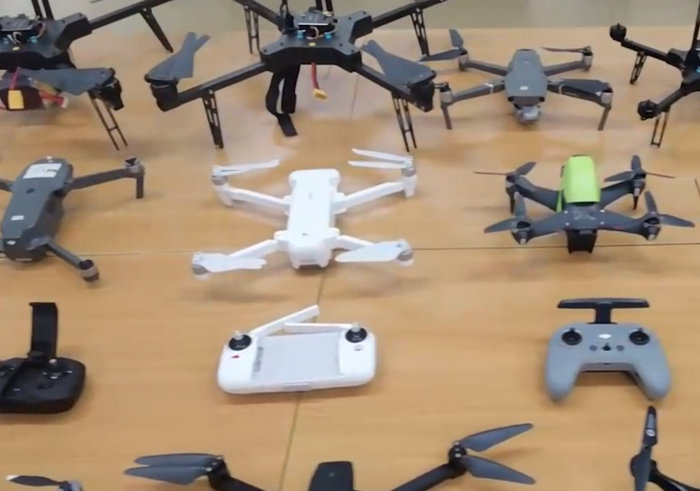
companies of PID algorithms of big long range UAV for agriculture,mapping,surveying! suppliers of UAV flight control PID of UAV for petroleum, aerial photography in china.
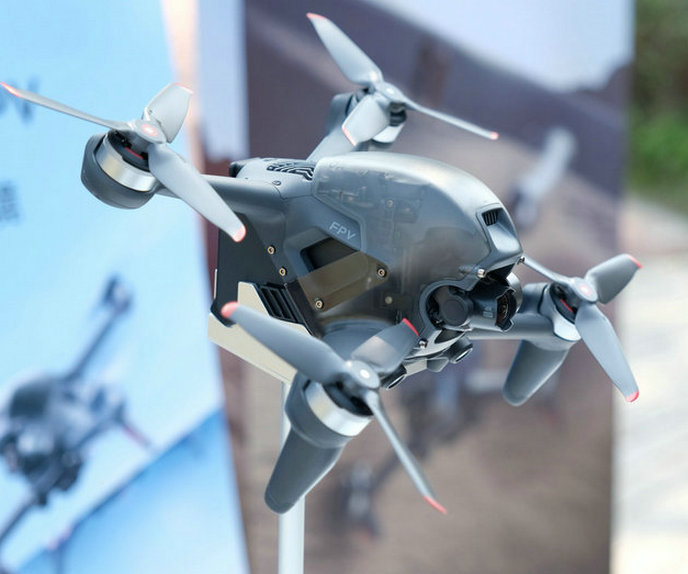
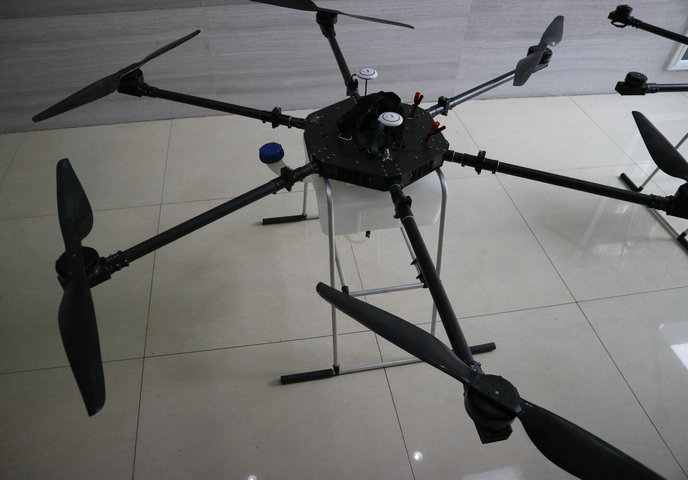
PID (proportional integral derivative) control algorithms are commonly used in the flight control systems of unmanned aerial vehicles to stabilize and control the aircraft's orientation and position. these algorithms help the drones maintain a desired flight path, stability, and responsiveness.
the proportional term is responsible for the immediate response to the error between the desired and actual orientation or position of the UAV. it generates a control signal that is proportional to the current error. the larger the error, the larger the correction applied. in unmanned aerial vehicles flight control, the P term helps the aircraft make rapid corrections when it deviates from the desired trajectory.
the integral term takes into account the accumulation of past errors over time. it is used to eliminate any steady state error that might persist after applying proportional control alone. in unmanned aerial vehicles control, the I term helps address long-term deviations and biases in the system, such as wind disturbances or sensor drift.
the derivative term considers the rate of change of the error. it helps prevent overshooting and oscillations that can occur when using only proportional control. in unmanned aerial vehicles flight control, the D term contributes to damping oscillations and smoothing out the response. tuning a PID controller for unmanned aerial vehicles flight control involves adjusting the weights for each term to achieve the desired performance. careful tuning is essential to ensure stable and responsive flight control while minimizing overshooting and oscillations.

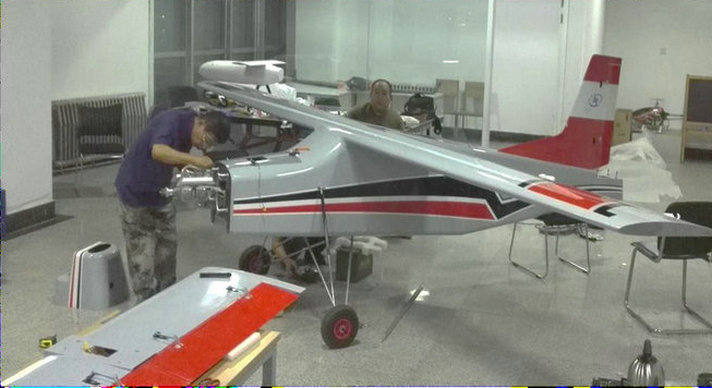
In the context of unmanned aerial vehicles flight control, the PID controller works as follows: the controller continuously measures the UAV's actual orientation or position and calculates the error by comparing it to the desired setpoint. the P term generates an immediate corrective action proportional to the current error. the I term integrates the accumulated error over time, which helps eliminate any long-term deviations or biases. the D term anticipates rapid changes in error and adjusts the control signal to prevent overshooting and oscillations.
PID controllers are widely used in unmanned aerial vehicles flight control systems due to their effectiveness, simplicity, and adaptability. However, more advanced control algorithms and techniques, such as adaptive control, model predictive control, and neural networks, are also being explored to improve unmanned aerial vehicles flight performance, especially in complex and dynamic environments.
- home
- products
- contact
- equipments
- UAV
- camera drones
- fixed wing UAV 200
- VTOL aircrafts 220
- hand-throwing fixed-wing UAVs
- quadcopter drones 820
- huge hexacopter UAVs 1550
- big hexacopter UAVs 1100
- drone PCB
- mini drones 180
- PTZ gimbals
- hydrogen powered drones
- drone LiDAR cameras
- FPV drones
- drone hangar
- underwater robotics
- unmanned helicopters
- drone swarms
- aerial photography drones
- agriculture drones
- inspection drones
- police drones
- emergency drones
- logistics drones
- mapping drones
- mining drones
